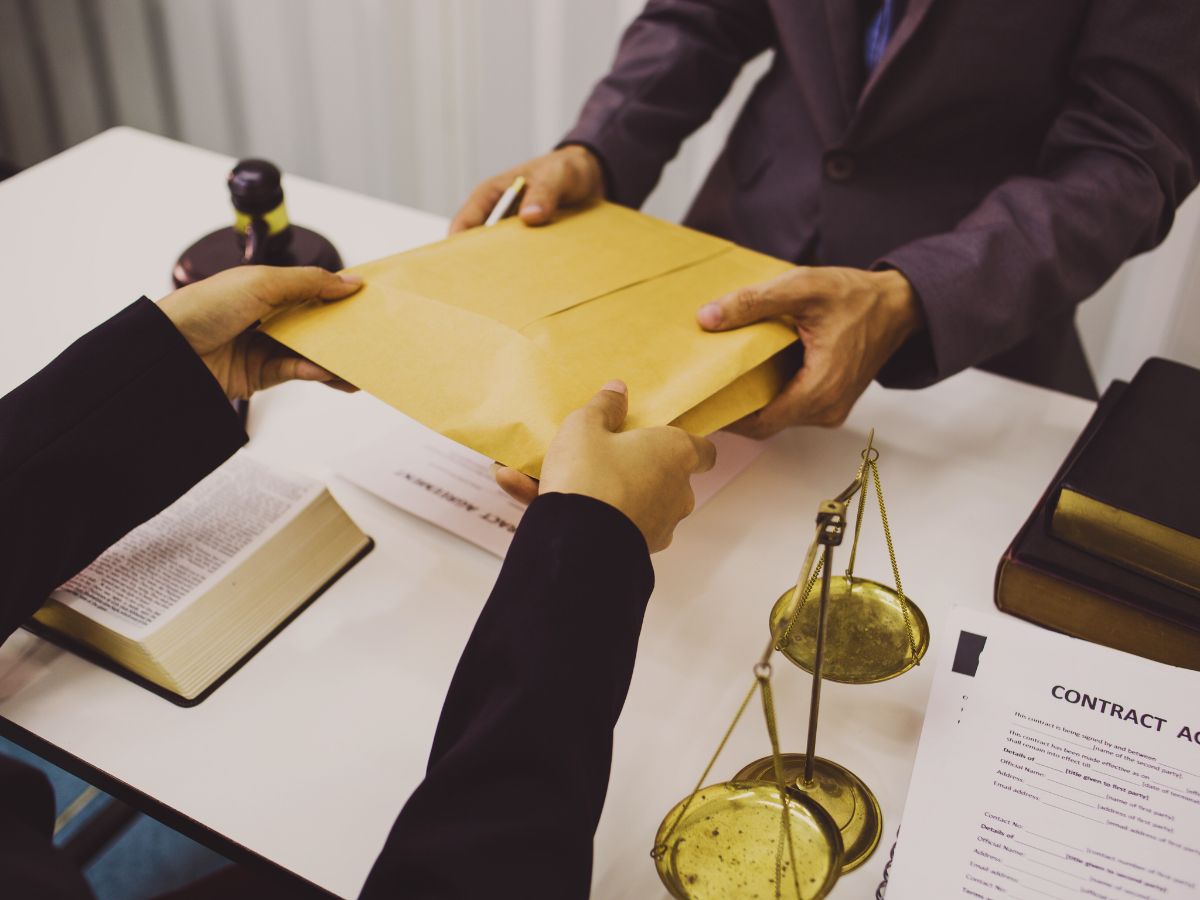In California, both direct and circumstantial evidence play pivotal roles in legal proceedings, whether in criminal or civil cases. Understanding the distinction between these two types of evidence is crucial for anyone involved in the legal system, from attorneys and jurors to defendants and plaintiffs. This guide delves into the definitions, applications, and implications of direct and circumstantial evidence under California law.
What is Direct Evidence?
Direct evidence directly proves a fact without the need for inference or presumption. It is evidence that, if believed, conclusively establishes the truth of a matter asserted.
Examples:
Eyewitness Testimony: A person testifies that they saw the defendant commit the crime.
Physical Evidence: Objects like a weapon found at the crime scene with the defendant’s fingerprints.
Confessions: Statements made by the defendant admitting to the crime.
Under California Evidence Code § 410, direct evidence is defined as evidence that directly proves a fact, without the need for inference or presumption.
What is Circumstantial Evidence?
Circumstantial evidence, also known as indirect evidence, requires the fact-finder to make inferences to connect it to a conclusion of fact. It suggests a fact by implication or inference.
Examples:
Behavioral Evidence: The defendant was seen fleeing the scene of the crime.
Forensic Evidence: Fingerprints found at the scene that match the defendant’s.
Digital Evidence: Emails or text messages indicating motive or intent.
Circumstantial evidence is admissible in California courts and can be used to establish facts through inference. However, the jury must be instructed that such evidence, alone, must lead to a conclusion beyond a reasonable doubt.
Legal Distinctions and Jury Instructions
In California, the distinction between direct and circumstantial evidence is significant, especially in criminal cases. The California Criminal Jury Instructions (CALCRIM) provide guidance on how each type of evidence should be considered.
CALCRIM No. 223: Defines direct and circumstantial evidence, explaining that both are acceptable to prove or disprove the elements of a charge, including intent and mental state. Neither is necessarily more reliable than the other.
CALCRIM No. 224: Addresses the sufficiency of circumstantial evidence, stating that before relying on circumstantial evidence to conclude that a fact necessary to find the defendant guilty has been proved, the jury must be convinced that the only reasonable conclusion supported by the circumstantial evidence is that the defendant is guilty.
These instructions ensure that jurors understand the weight and implications of the evidence presented.
Practical Implications in Legal Cases
Criminal Cases
In criminal trials, both direct and circumstantial evidence can be used to establish the elements of a crime. For instance:
Direct Evidence: An eyewitness testifies to seeing the defendant commit the crime.
Circumstantial Evidence: The defendant’s fingerprints are found at the crime scene, and they have a motive.
California courts have upheld the use of both types of evidence. In People v. Goldstein, the court emphasized that circumstantial evidence, when combined with direct evidence, can be sufficient to support a conviction.
Evaluating the Weight of Evidence
While both direct and circumstantial evidence are admissible, their weight can vary depending on the case:
Direct Evidence: Often considered more straightforward and compelling, as it directly proves a fact.
Circumstantial Evidence: Requires the fact-finder to make inferences, which can be powerful when multiple pieces of circumstantial evidence converge to support a conclusion.
However, circumstantial evidence can sometimes be more reliable, especially when it is corroborated by multiple sources or when direct evidence is unreliable.
Conclusion
Understanding the roles and applications of direct and circumstantial evidence is essential in California’s legal landscape. Both types of evidence are admissible and can be powerful tools in proving or disproving facts in a case. Legal professionals and jurors must carefully consider the nature of the evidence presented and apply the appropriate legal standards to ensure justice is served.





